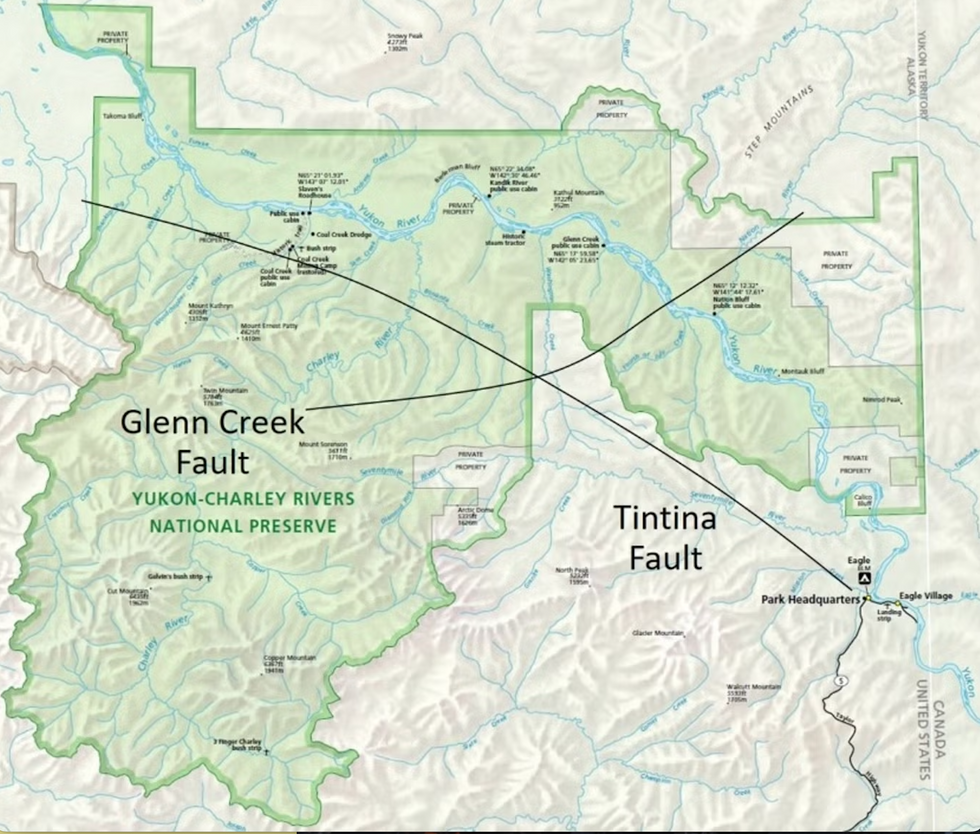Science & Tech
Sinead Butler
Jul 29, 2025

Canada's next major earthquake could be unleashed by Tintina Fault
iStockphoto by Getty Images
Seismic activity has recently been picked up on a major fault line on the Canadian border, according to a new study.
The Tintina Fault extends from northeastern British Columbia into Alaska, stretching 600 miles, and for years, scientists believed this fault had been dormant for over 40 million years.
However, this may not be the case, at least if these new findings are anything to go by...
New data collected by researchers at UVic, the Geological Survey of Canada, and the University of Alberta, in the form of advanced topographic imaging from satellites, aircraft, and drones has found that there is an 80-mile-long part of the fault (near Dawson City). Here, there are signs of several large earthquakes during the Quaternary Period - that's basically 2.6 million years ago up to today.
What exactly does this mean?
In the study, researchers warn that the Tintina Fault "represents an important, previously unrecognized, seismic hazard to the region."
"We further show that the fault has not ruptured in a major earthquake for at least 12 thousand years, and could generate an earthquake of at least magnitude 7.5 in the future."

Theron Finley, recent UVic PhD graduate and lead author of the recent article in Geophysical Research Letters noted how there have been "a few small earthquakes of magnitude 3 to 4" along the fault, but "nothing to suggest it is capable of large ruptures."
But thanks to more high-resolution data being available, it prompted researchers "re-examine the fault, looking for evidence of prehistoric earthquakes in the landscape," and discovered these findings.
“We determined that future earthquakes on the Tintina Fault could exceed magnitude 7.5,” Finley told SciTechDaily.
To put this in perspective, a 7.5 magnitude earthquake is considered a major seismic event, which could cause "serious damage" but are pretty rare as they occur around 10-15 times per year, according to Michigan Tech.
Finley continued, “Based on the data, we think that the fault may be at a relatively late stage of a seismic cycle, having accrued a slip deficit, or build-up of strain, of six meters in the last 12,000 years. If this were to be released, it would cause a significant earthquake."
If this were to happen, it could result in tremors being felt in British Columbia, Alberta, and Montana, seismologists told Daily Mail, with Alaska Earthquake Center's Dr. Michael West calling it "one of the least studied fault systems in North America" and urging for this to change.
The full study was published this month in Geophysical Research Letters.
Elsewhere, Biggest tsunami on record was triggered after a mountain peak fell off, and A hidden underground ocean could be causing ‘slow-motion' earthquakes.
How to join the indy100's free WhatsApp channel
Sign up to our free indy100 weekly newsletter
Have your say in our news democracy. Click the upvote icon at the top of the page to help raise this article through the indy100 rankings.
Top 100
The Conversation (0)













